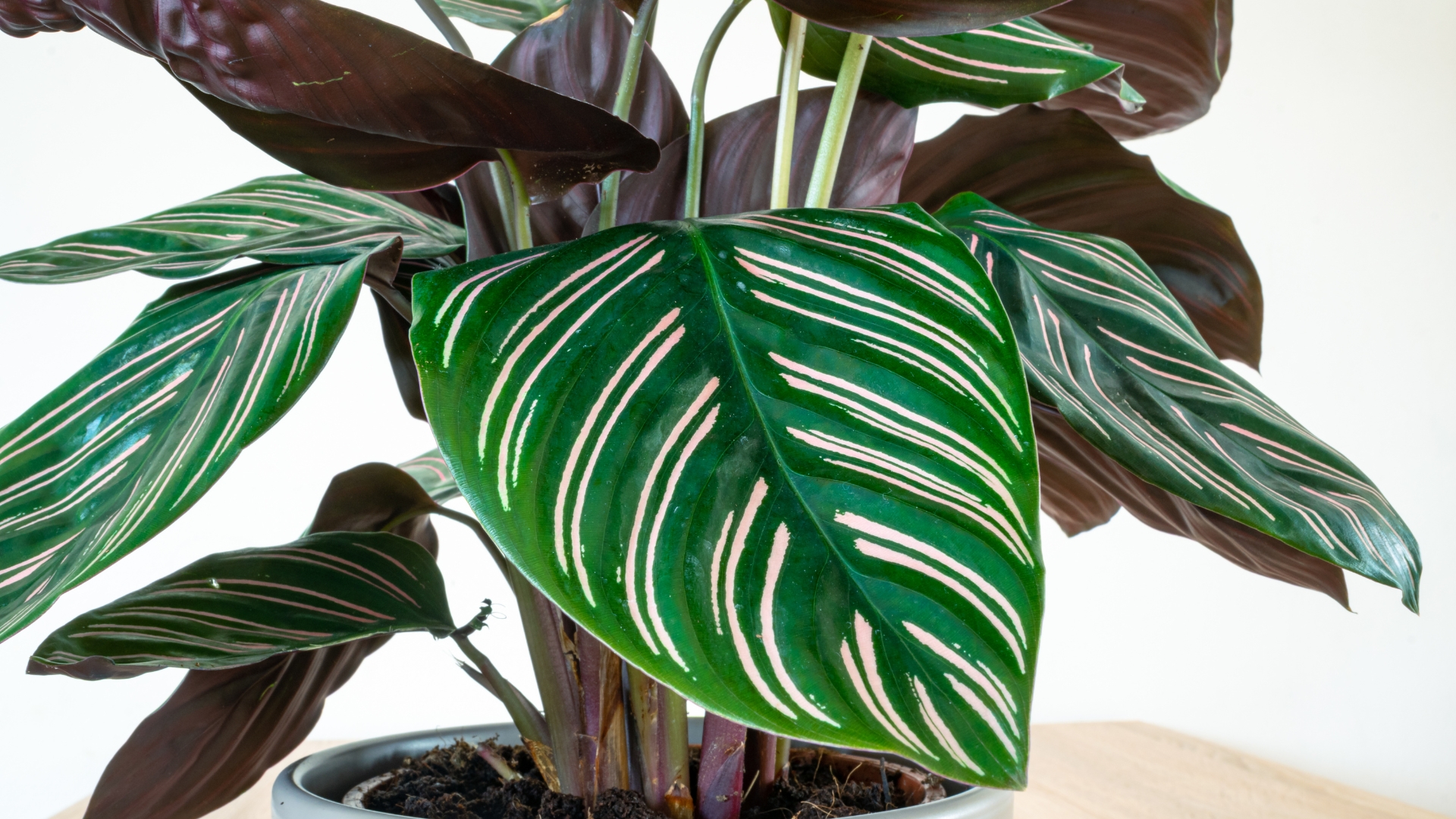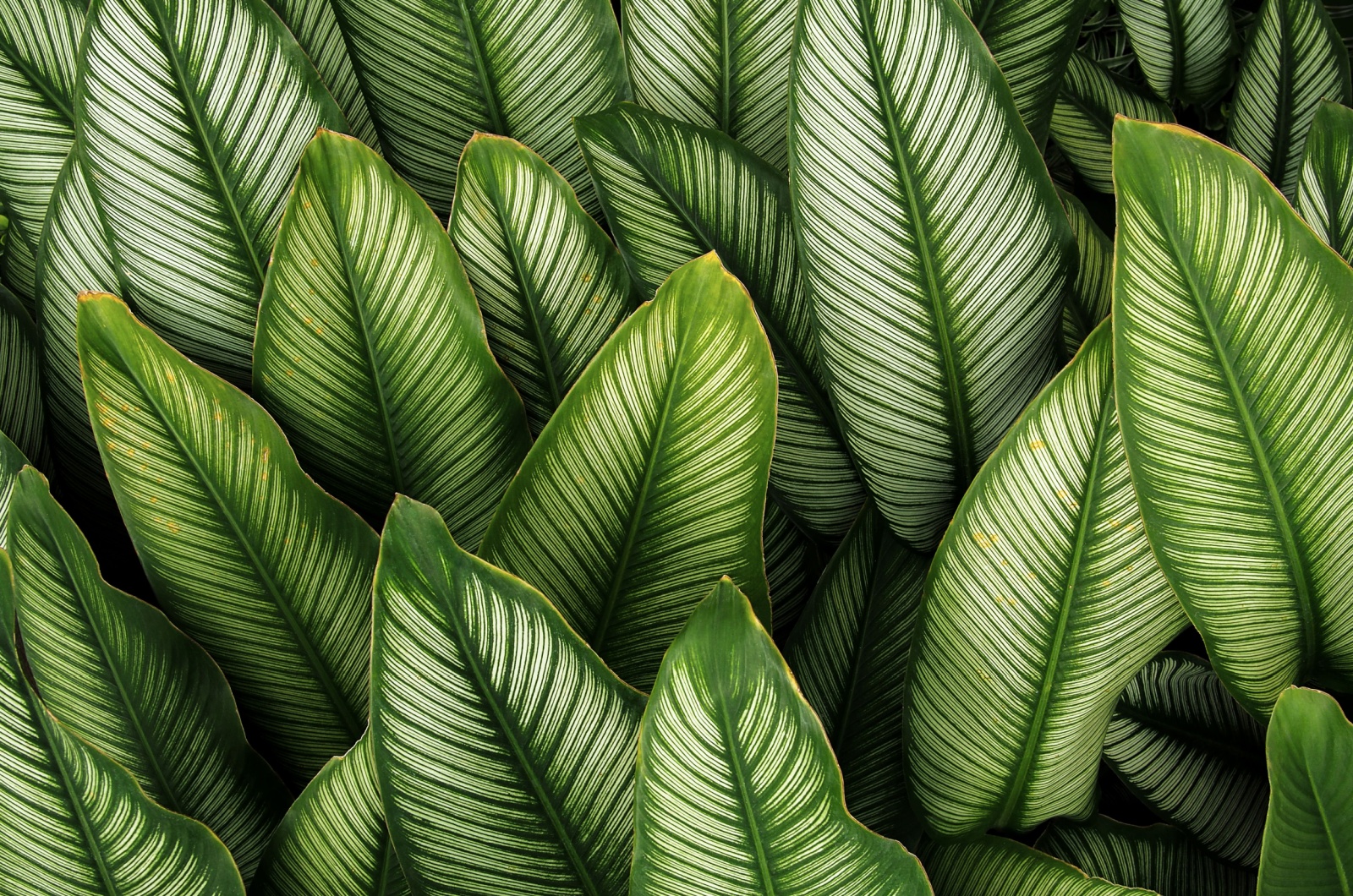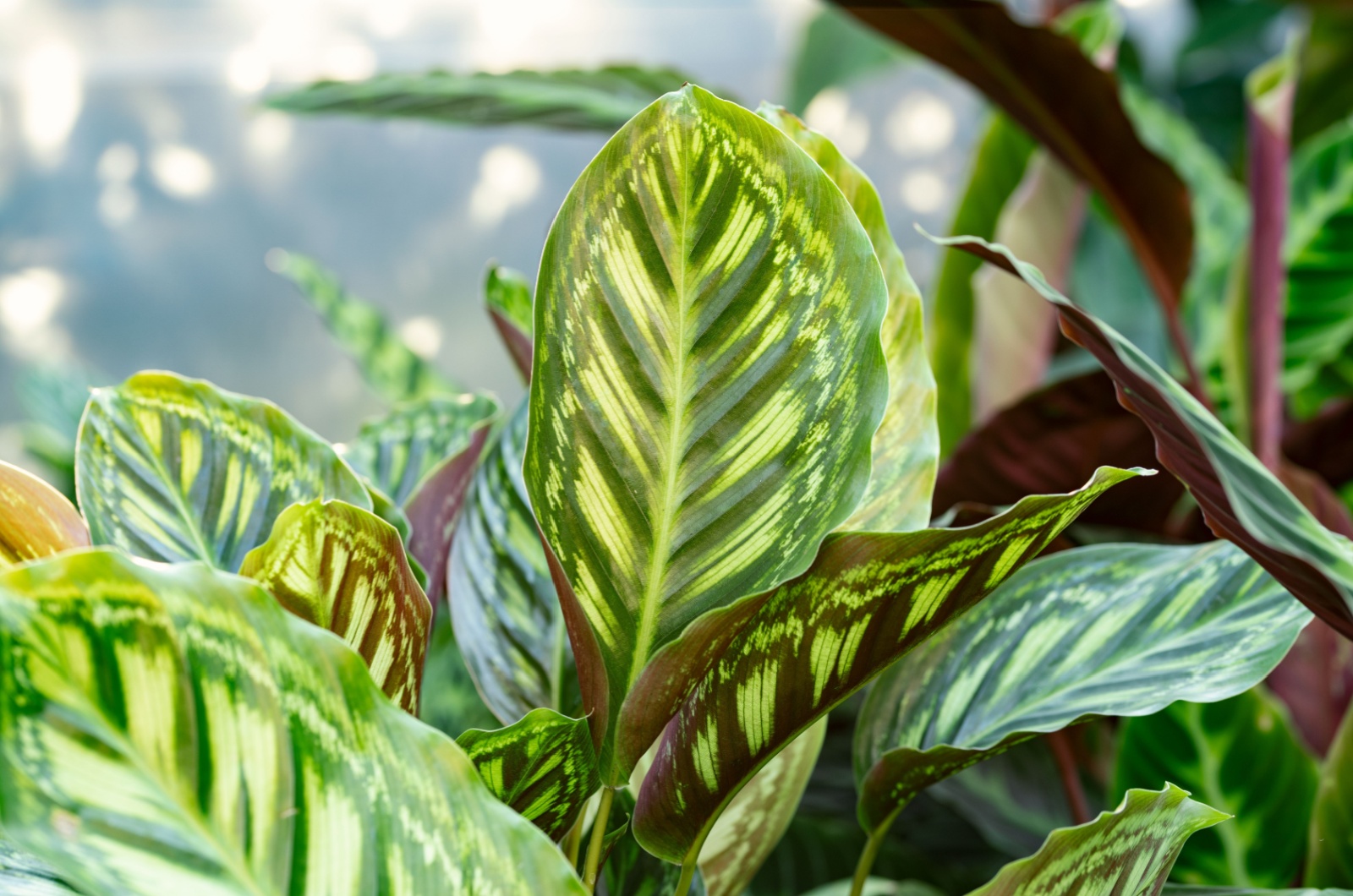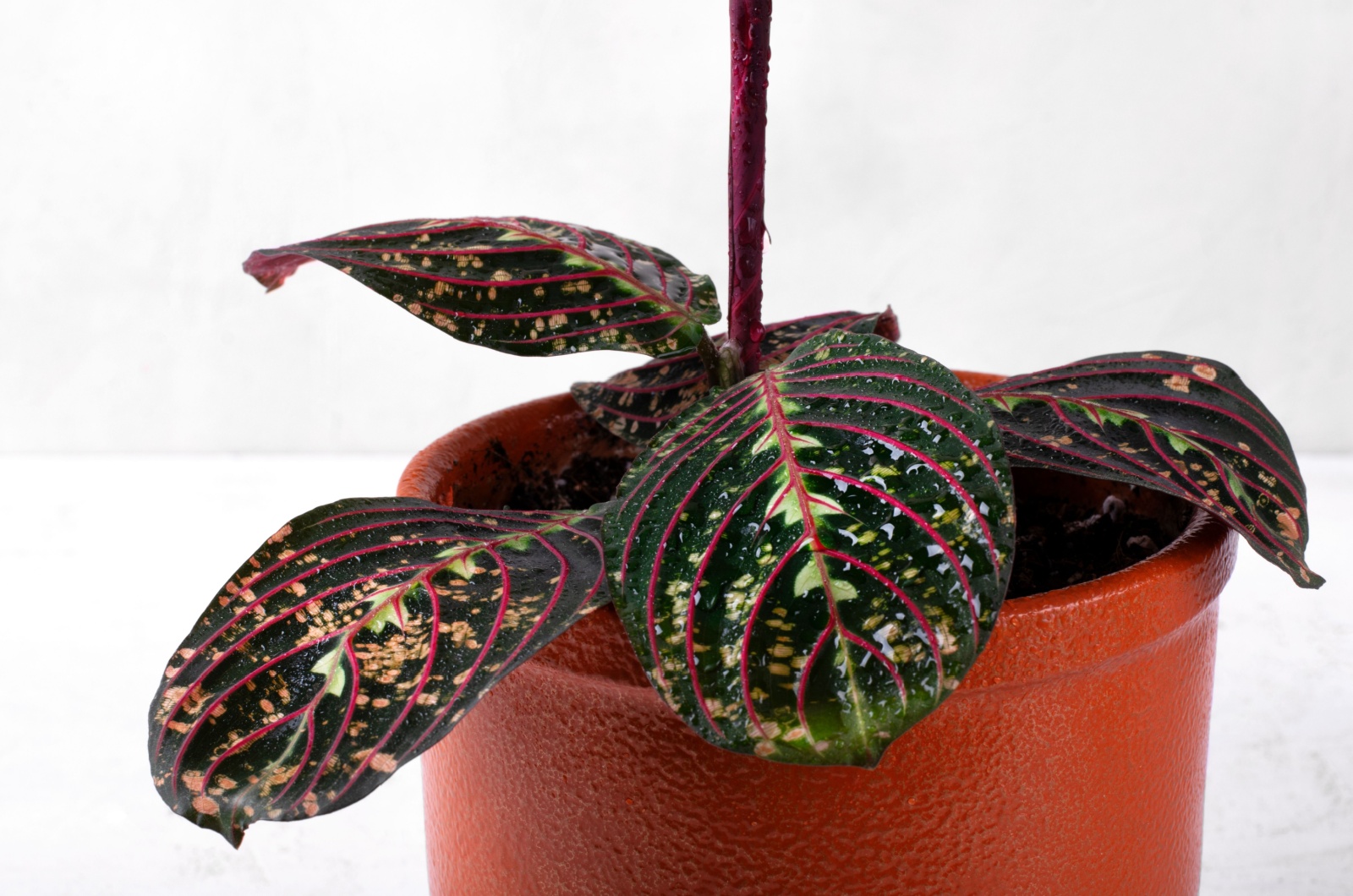Prayer plants, otherwise known as Maranta leuconeura, are popular groups of plants known for their low-maintenance and unique ability to close their leaves at night!
These are mesmerizing plants that can truly elevate your indoor space with beauty and tranquility!
If you just got a prayer plant, or are having issues with your current one, keep reading to find out how to grow a prayer plant like a pro.
Let’s get started!
Prayer Plant Growing Tips
You might have heard that prayer plants tolerate low light conditions – while there’s some truth in it, these plants generally do best in bright, indirect light.
To keep your little prayer plants happy and healthy, provide them with well-draining soil and a lot of humidity. Keep them moist, but not soggy (soggy soils are bad as they attract plant diseases!).
Water Maranta plants adequately – wait until the top few inches of the soil have dried out before watering them again, and use warm water. You can also mist them to improve humidity (or simply invest in a humidifier).
Feed your prayer plants with an all-purpose fertilizer; do this every two weeks during the growing season from spring to fall.
During the spring through fall growing season, feed your prayer plants every two weeks with an all-purpose fertilizer. Your plants will enter dormancy throughout the winter. Keep the soil a bit drier and cut back on fertilizing.
Still, dry air can cause certain issues, so what you can do is combine several plants to create a more humid environment and mist them everyday with warm water. In some cases, placing pebble trays close to your plants might help with humidity.
These little wonders grow and thrive best in temperatures between 60 and 80 Fahrenheit. Don’t keep them in places with sudden temperature changes such as cold drafts or close to heat sources.
This might be interesting: Prayer Plant At Night: Do These Plants Actually Pray?
How To Propagate Prayer Plant
Propagation can be done when repotting – division is an effective method for propagating prayer plants. Take the plant cuttings directly below the nodes (do this in the spring or early summer).
To maintain moisture levels, cuttings can be buried in a solution of wet peat and perlite and covered with plastic. Poke a few holes in the plastic to ensure proper ventilation. Then, place the plant cutting somewhere warm and sunny.
Broken prayer plant pieces can be dipped into a rooting hormone and then placed in distilled water. Change the water and wait for the roots to grow about an inch long before putting them in the soil.
When propagating prayer plants, keep in mind that for the piece to take root, there must be at least a tiny bit of stem on the leaves. Similar to cuttings, this plant piece can be planted directly in soil.
Also read: How To Grow & Take Care Of The Calathea Prayer Plant
Common Issues With Prayer Plants
Although you can grow them almost effortlessly, you should still pay attention to common plant issues, such as pests and fungi infections.
Spider mites, mealybugs, and aphids usually attack prayer plants – to avoid these, inspect the plant before bringing it indoors. If you spot any pesky pests, treat them with neem oil.
Be mindful of watering because it can easily attract root rot, a fungal disease that can completely destroy your precious little plant.
This might be helpful: 11 Reasons You May See Your Prayer Plant Drooping & How To Fix It




